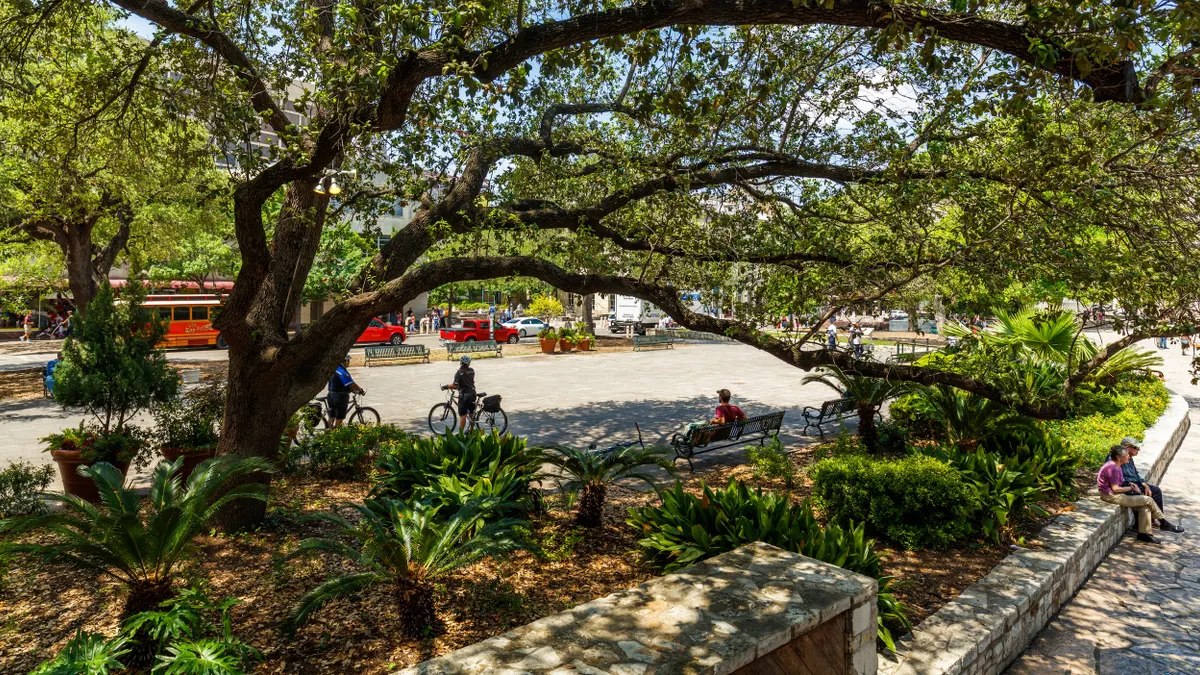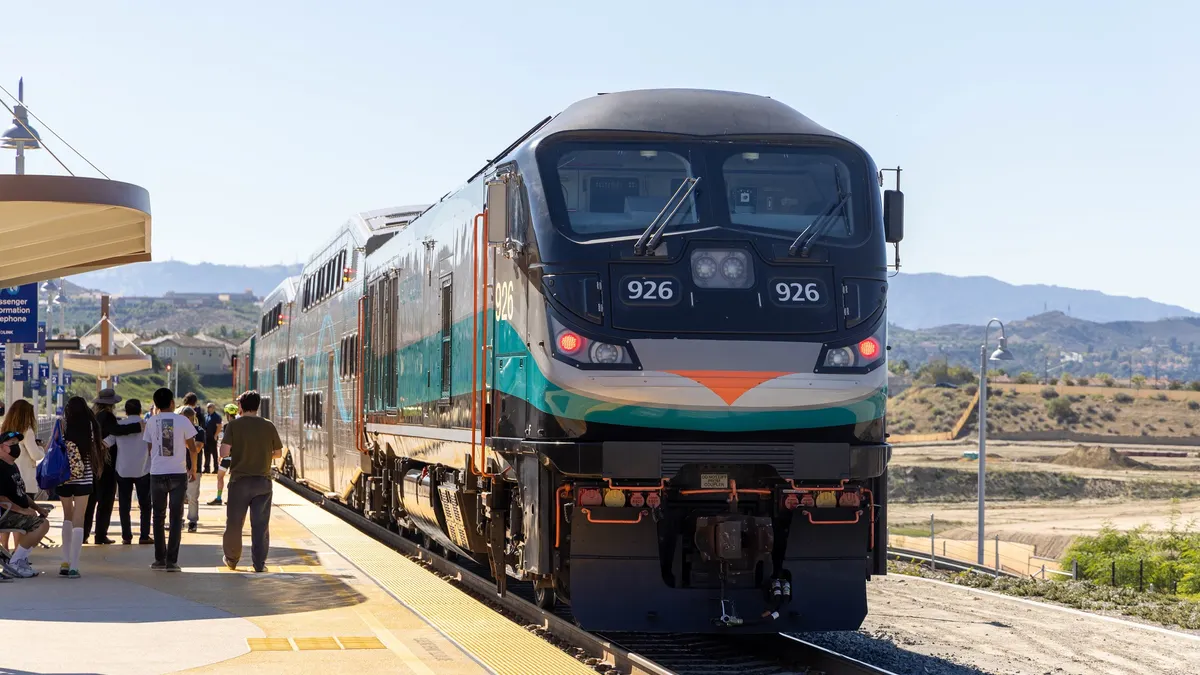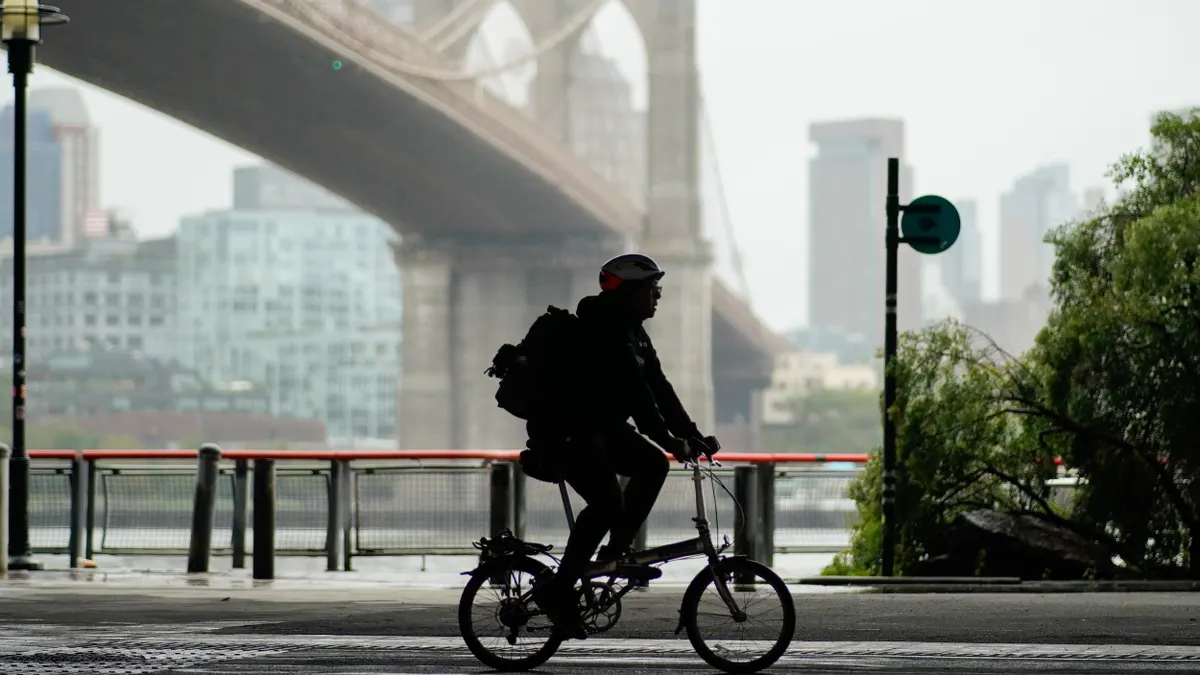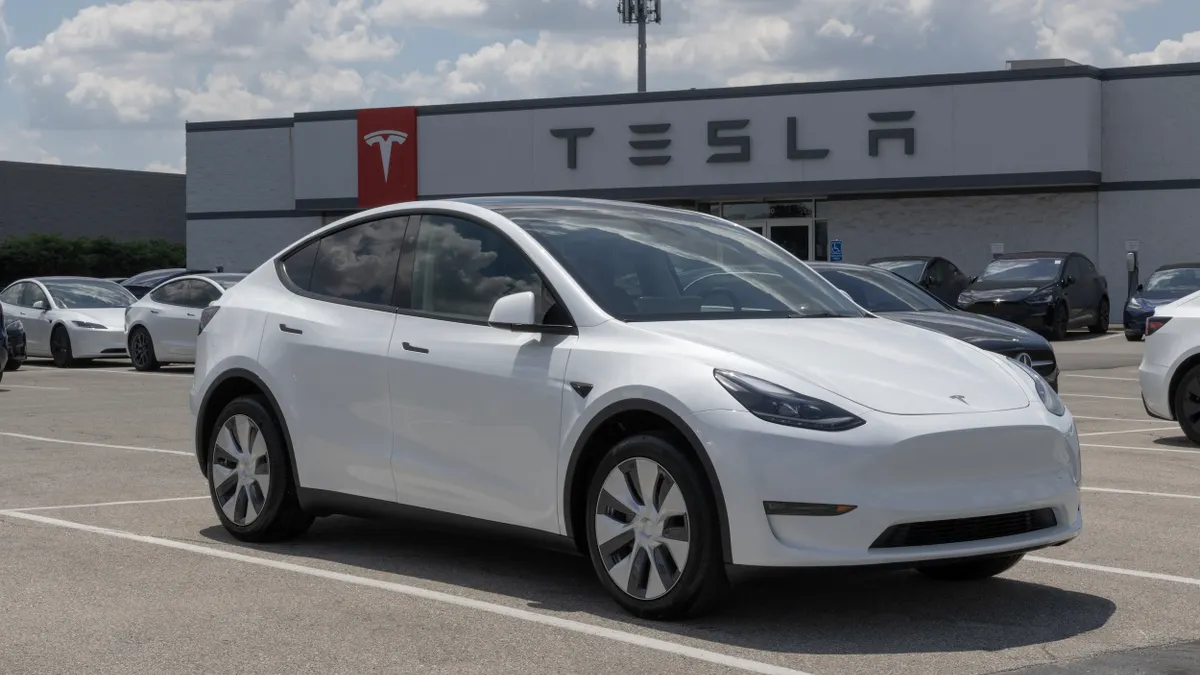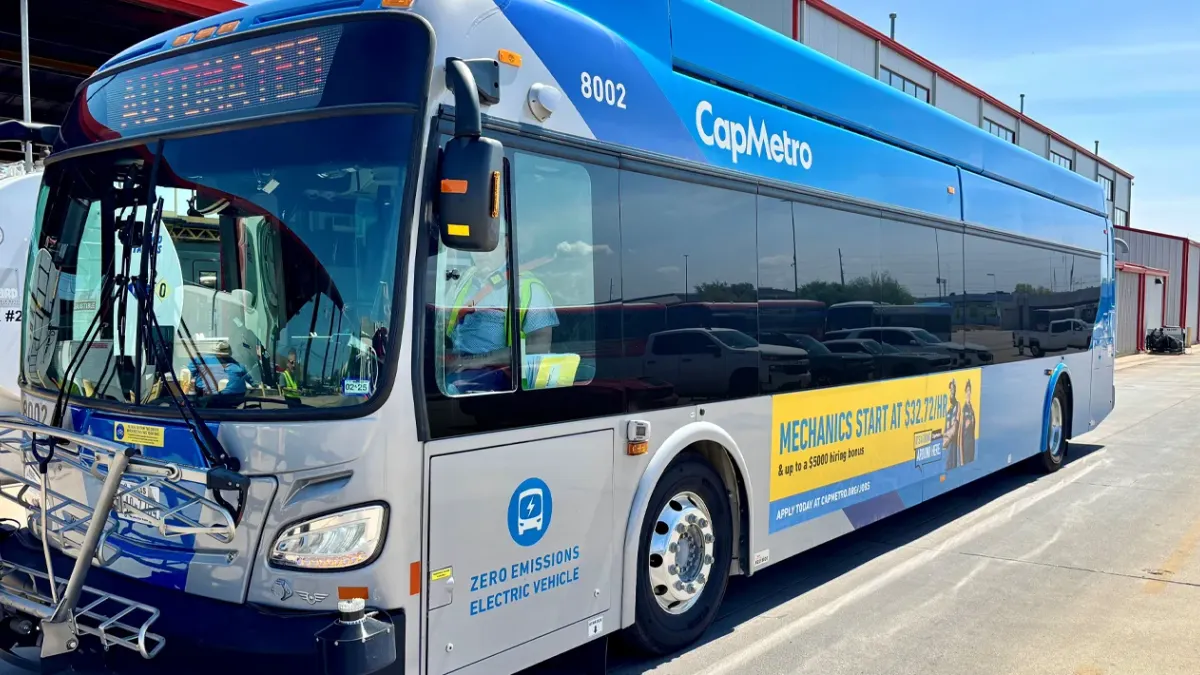Editor's Note: The following is a guest post from Daniel Browning, business development coordinator at Do Supply, Inc.
Though the concept of a "smart city" has been around for decades, its latest iteration is one that prioritizes technology, such as advanced robotics, to improve the lives of citizens. This includes developing efficient infrastructure with cutting-edge technology without raising costs, all while improving sustainability.
As urban populations rise, so will spending to meet the demands of these cities. A study from the International Data Corporation found that in 2016, smart city technology spending reached nearly $80 billion, with researchers projecting that spending to reach $135 billion by 2021.
While a number of emerging technologies will factor into this spending, it is likely that the use of unmanned aerial vehicles (UAVs, or drones) will provide important and diverse contributions to the evolution of smart cities. A recent report published in Science Direct found UAVs can be used for everything from environmental monitoring to traffic management to provide cost-effective services to local governments.
But how will UAV implementation impact the design and management of smart cities at-large?
The role of UAVs
With modest technological and security advances, UAVs can be used for a multitude of applications in cities, including traffic and crowd monitoring, civil security, merchandise delivery, infrastructure inspection and more. The comprehensive use of UAVs in day-to-day municipal operations could provide advantages that can accomplish the very goal of what a smart city sets out to do — enhance the lives of residents.
Smart transportation & traffic management
The challenge of traffic, ranging from sudden gridlocks to the ever-reliable rush hour, has scourged cities around the globe for decades. In order to find a reasonable solution to traffic woes, it is crucial that cities first understand basic information around the causes of congestion, which areas get most congested, the status of the roads in the areas that are most congested, etc.
When collecting this information, static cameras can only offer so much intelligence. This is where UAVs can play an immediate, crucial role in managing traffic within smart cities.
When properly equipped, UAVs can be used to help collect and deliver data about traffic congestion in real-time. With UAVs’ high visibility and sleek mobility, they are able to offer live feeds that cover the congestion, allowing other technologies or human workers to solve the traffic issue or redirect traffic to avoid even more congestion.
Further, when integrated with other Information and Communication Technologies (ICT) or internet of things (IoT) innovations, UAVs could help drivers find parking, cutting vehicle miles traveled in circling for a spot. UAVs can also be used to help map out metro projects, create more efficient bus transit routes or even identify the best areas for bike paths and other forms of green transport.
With these combined efforts, UAVs can help monitor existing congestion while also preventing further congestion before it begins.
Natural disaster monitoring & health emergencies
UAVs can also help authorities take precautionary measures ahead of natural disasters due to consistent and comprehensive monitoring. They can be used as reliable, flexible and safe tools to quickly deploy messages and real-time circumstance analyses, and could even control situations within natural disasters that could be too dangerous for humans.
In the same vein, UAVs can be used to help provide and deploy faster health emergency services. Whether this means quickly delivering medical supplies and services to patients, or using UAVs as functioning ambulatory services to deliver essential life support equipment and medical supplies, the use of UAVs can dramatically improve the way cities respond to public health needs.
Benefits, risks and potential
From obvious benefits like smart transport and crowd management to hidden perks like tourism support and merchandise order delivery, UAVs could offer smart cities vast benefits.
That being said, these intelligent solutions and wide applications hinge on several challenges that would need to be addressed before UAVs can ever become a city staple. From licensing and certification issues, to privacy and security qualms, there is currently no way to seamlessly integrate UAVs into smart cities.
To facilitate a higher quality of life in cities, supported by the applications of UAVs, leaders must address the risks associated with UAVs to unlock the potential of a "smart city" for governments nationwide.






